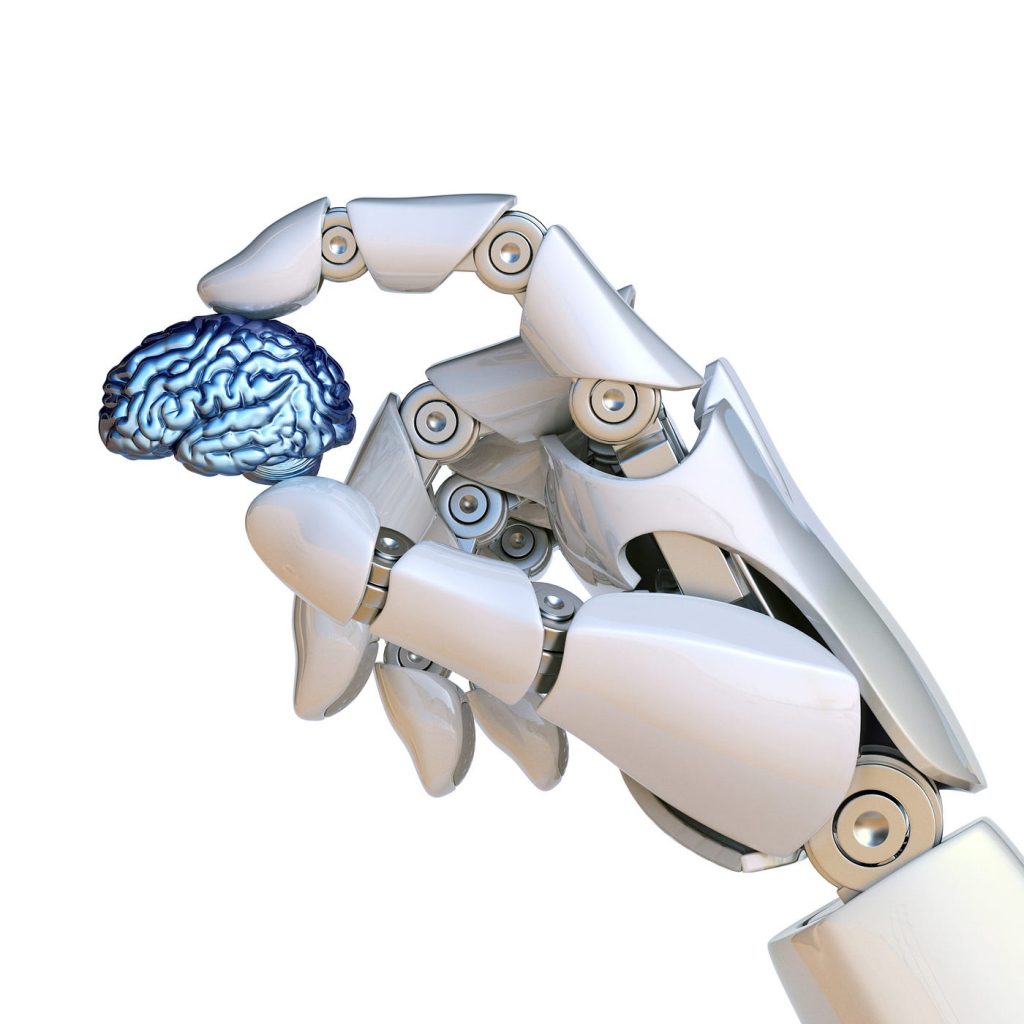
Introduction
This tutorial delves into the realm of problem resolution utilizing the capabilities of artificial intelligence (AI) across diverse domains. We will navigate through fundamental concepts, techniques, and step-by-step processes required to effectively deploy AI in analyzing and solving intricate problems. Problem-solving is a widely employed approach aimed at achieving objectives and resolving specific situations. In the realm of computer science, the term ‘problem-solving’ encompasses artificial intelligence methodologies, which encompass formulating accurate problem statements, applying suitable algorithms, and performing in-depth root-cause analyses to identify viable solutions. Within artificial intelligence, problem-solving entails exploring potential solutions through logical reasoning, leveraging mathematical tools like polynomial and differential equations, and executing these solutions within well-defined modeling frameworks. Each problem often boasts a range of potential solutions, each of which is realized using a distinct algorithm. Furthermore, some challenges exhibit innovative and unique resolutions, contingent on how the specific context is framed
Instances Involving Artificial Intelligence Challenges
Programmers worldwide are harnessing artificial intelligence to automate systems, optimizing both resource allocation and time utilization. Common challenges often revolve around games and puzzles, which frequently emerge in everyday scenarios.
By the conclusion of this tutorial, you will have a solid grasp of how AI can be harnessed for real-world problem-solving scenarios.

Table of Contents
- Understanding the Problem
- Formulating a precise problem statement
- Identifying pertinent data sources
- Data Collection and Preparation
- Aggregating relevant datasets
- Data cleansing and preprocessing techniques
- Exploratory Data Analysis
- Visualizing data distributions
- Detecting patterns and outliers
- Selecting Appropriate AI Techniques
- Classification for informed decision-making
- Regression for predictive analysis
- Clustering for pattern identification
- Developing AI Models
- Choosing suitable algorithms
- Training models with labeled data
- Fine-tuning model parameters
- Model Validation and Testing
- Partitioning data into training and testing sets
- Evaluating model performance metrics
- Real-time Decision Making with AI
- Integrating AI models into operational systems
- Handling dynamic streams of real-time data
- Continual Improvement
- Enabling ongoing learning and model refinement
- Establishing feedback loops for optimization
- Illustrative Case Studies
- Medical image analysis for healthcare diagnostics
- Fraud detection in financial transactions
- Predictive maintenance in manufacturing
Step-by-Step Guide
1. Understanding the Problem
Begin by precisely defining the problem at hand. Articulate the challenges, objectives, and desired outcomes. Additionally, identify sources of relevant data that can offer insights into the problem’s nuances.
2. Data Collection and Preparation
Gather pertinent data from diverse sources, which may include databases, sensor readings, or logs. Ensure that the data is clean and ready for analysis by addressing issues like missing values and standardizing formats.
3. Exploratory Data Analysis
Visualize the data to uncover underlying patterns, correlations, and anomalies. This phase aids in comprehending the data’s characteristics and guides subsequent AI approaches.
4. Selecting Appropriate AI Techniques
Depending on the problem’s nature, choose suitable AI techniques. Opt for classification algorithms if decisions are paramount, employ regression for trend prediction, and leverage clustering to identify inherent patterns.
5. Developing AI Models
Select and implement AI algorithms aligned with the chosen techniques. Train the models using labeled data, which encompasses input features and corresponding target outputs.
6. Model Validation and Testing
Split the dataset into training and testing subsets to assess model performance on unseen data. Utilize metrics such as accuracy, precision, recall, and F1-score to evaluate efficacy.
7. Real-time Decision Making with AI
Integrate the trained AI models into operational systems to enable real-time decision-making. This is especially crucial for scenarios necessitating immediate actions.
8. Continual Improvement
Enable models to learn iteratively from new data and feedback. Establish mechanisms for perpetual learning and periodically update models to ensure their relevance and accuracy.
9. Illustrative Case Studies
Explore real-world instances where AI has been effectively employed to resolve complex problems. Extract insights from these cases to adapt AI techniques to your domain-specific challenges.

Conclusion
Problem resolution using AI is a structured journey encompassing problem understanding, data collection, AI implementation, real-time decision-making, and continuous refinement. Armed with the knowledge imparted in this tutorial, you possess the groundwork to seamlessly incorporate AI into your problem-solving endeavors, synergizing the power of technology with human expertise to yield innovative solutions tailored to diverse domains.
Thanks,






Leave a Reply
You must be logged in to post a comment.